
OR
What are Nepali youth thinking?
Published On: May 16, 2021 10:23 AM NPT By: Jagannath Lamichhane, Sanjaya Mahato, and Sushav Niraula


Jagannath Lamichhane, Sanjaya Mahato, and Sushav Niraula
The contributor for Republica.news@myrepublica.com
More from Author
The findings of the survey paint a rather somber picture. Of the 2,000 youth surveyed between 18 to 40 years of age, only around a third (34%) believe that the country is headed in the right direction. This is significantly less than a 2018 National Governance Survey that found 80 percent of respondents between 18 to 39 years of age considered the country to be heading in the right direction.
The COVID-19 pandemic has led to country-wide youth protests around crisis response and politics. There are reports that the youth have been disproportionately and severely affected by the pandemic. In this context, a recent survey on Youth Anxiety, Aspiration, and Activism aimed to gain better insights into the representation of youth interests in the Nepali society, politics, and economy from a policy perspective.
The findings of the survey paint a rather somber picture. Of the 2,000 youth surveyed between 18 to 40 years of age, only around a third (34%) believe that the country is headed in the right direction. This is significantly less than a 2018 National Governance Survey that found 80 percent of respondents between 18 to 39 years of age considered the country to be heading in the right direction.
A possible explanation for youth pessimism could be found in their assessment of government response in COVID-19 testing/tracing, where only 31 percent were satisfied. An even lower proportion of youth (23%) were satisfied with the government’s handling of unemployment. Tellingly, when asked to rank the country’s governance institutions based on the trust in them, political parties, the President, and the federal government were ranked the least trusted. On the other hand, youth trusted the court, army, and media the most.
Unemployed and Anxious
A recent government report mentions that most of the 1.5 million Nepalis who lost jobs due to the COVID-19 pandemic were working in the informal sector, where job security is poor and wages are minimal. Given their historically-high unemployment rate and overrepresentation in the informal sector, youth are one of the groups to have faced unemployment-related problems the most during the pandemic. The survey confirms this particular vulnerability of youth, with 53 percent of the respondents saying they are employed within the informal sector.
The vulnerability of youth was also seen in the responses given by foreign-employed returnees. About 70 percent of foreign-employed returnee youth mentioned that they were compelled to return due to reasons related to the company terminating the job, not renewing the contract/visa, and not providing the salary as per the labor contract. On the other hand, 19 percent of returnee youth mentioned that they were on unpaid leave and only four percent reported being on paid leave.
While earlier data on youth anxiety is unavailable for longitudinal comparison, an overwhelming proportion of Nepali youth (84%) reported feeling anxious about the COVID-19 pandemic and the subsequent problems they faced, including unemployment. Youth from Karnali Province experienced the greatest anxiety (97%) and ‘severe anxiety’ is felt most by youth who are unemployed but actively looking for work.
Whereas the existing academic literature links youth unemployment, anxiety, and social unrest, the survey finds that most of the Nepali youth prefer peaceful means — e.g. posting on social media (42%) and submitting petitions (20%) — to express their dissatisfaction with the government. Only about 11 percent of youth considered strikes (Bandha & Chakka Jam) as an option for expressing dissatisfaction. The survey does not find a strong link between the experience of high anxiety and the likelihood to protest among youth.
Lack of Awareness of Employment Programs
The Government of Nepal has been implementing several programs to address the issue of youth unemployment, such as Youth Self-employment Fund, Prime Minister Employment Program, and programs that subsidize loans targeted at returnee migrant workers, youth with disabilities, youth from marginalized and vulnerable communities, and young women and others. These programs aim to integrate youth in the labor market and incentivize them to start business enterprises. However, the survey finds that most youth are unaware of these government programs and, even if they are aware, most of them have not accessed these programs. For example, only 28 percent of youth respondents knew of government employment programs; of these, only 22 percent reported having accessed employment programs. The survey also finds that Nepali youth believe that accessing government programs requires an ‘informal network’ (source-force) and various forms of collateral.
Pronounced Vulnerability of Disadvantaged Youth and Young Women
The data from the survey also amplified the increased vulnerability of members of disadvantaged groups and young women during crises such as the COVID-19 pandemic. Ethnicity/caste disaggregated data on the proportion of workers receiving full salary at the time of survey shows that while nearly 50 percent of Khas-Arya youth reported receiving full salary during the period of the COVID-19 pandemic, the proportion is less when it comes to Madhesi (30%), Aadivasi Janajati (27%), and Dalit (22%) youth. The data also showed Khas-Arya youth (39% and 24%) have substantially more representation in the formal sector than the informal sector than Madhesi (20% and 24%), Aadivasi Janajati (29% and 28%), and Dalit (4% and 11%) youth.
Madhesi (30%), Aadivasi Janajati (22%), and Dalit youth (17%) are less aware than Khas-Arya (39%) youth of the government programs to support youth. Among disadvantaged youth, Dalits (45%) felt least confident of their access to government support whereas Khas Arya (71%) youth were the most confident. Lack of awareness, access, and confidence characterize the vulnerability of youth from disadvantaged communities, indicating their need for greater support during crises.
The survey’s gender-disaggregated data reveals similar vulnerabilities for young women. Despite being demographically even with men, the survey finds that women are overrepresented (56%) in the informal sector and underrepresented (39%) in the formal sector. Women were also less likely to access government integration measures when compared to men. Of the total youth who accessed government integration measures, 39 percent were women and 61 percent were men. Of the total women who have accessed the measures, women between 18 and 22 (14%) years of age accessed the measures in the lowest proportion while those between 33 and 40 (31%) accessed in the highest proportion. Moreover, of the youth who do not have current or future plans, women (70%) comprised a significantly greater proportion than men (30%).
Hopeful trends
Despite their anxieties and vulnerabilities, most youth (74%) prefer exploring opportunities within Nepal over migrating for foreign employment (9%). Overall, youth are also quite optimistic about the aspects of their life improving in the next 10 years.
(This is the first of two articles based on a survey of youth conducted through a Niti Foundation-ILO partnership.)
You May Like This
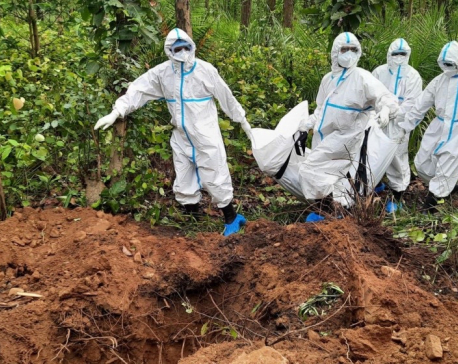
‘Second wave of COVID-19 not sparing even healthy youths in Nepal’
KATHMANDU, April 29: The coronavirus infection in Nepal last year had made the elderly and the chronically-ill people more vulnerable,... Read More...
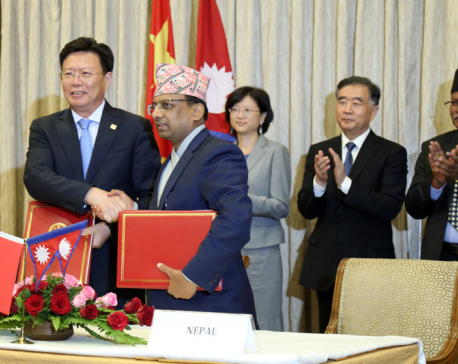
Nepal - China seal agreements on petroleum products survey, investment and promotion
KATHMANDU, August 15: Nepal and China have sealed three important agreements with long term impact on Nepal's socio-economic development. ... Read More...



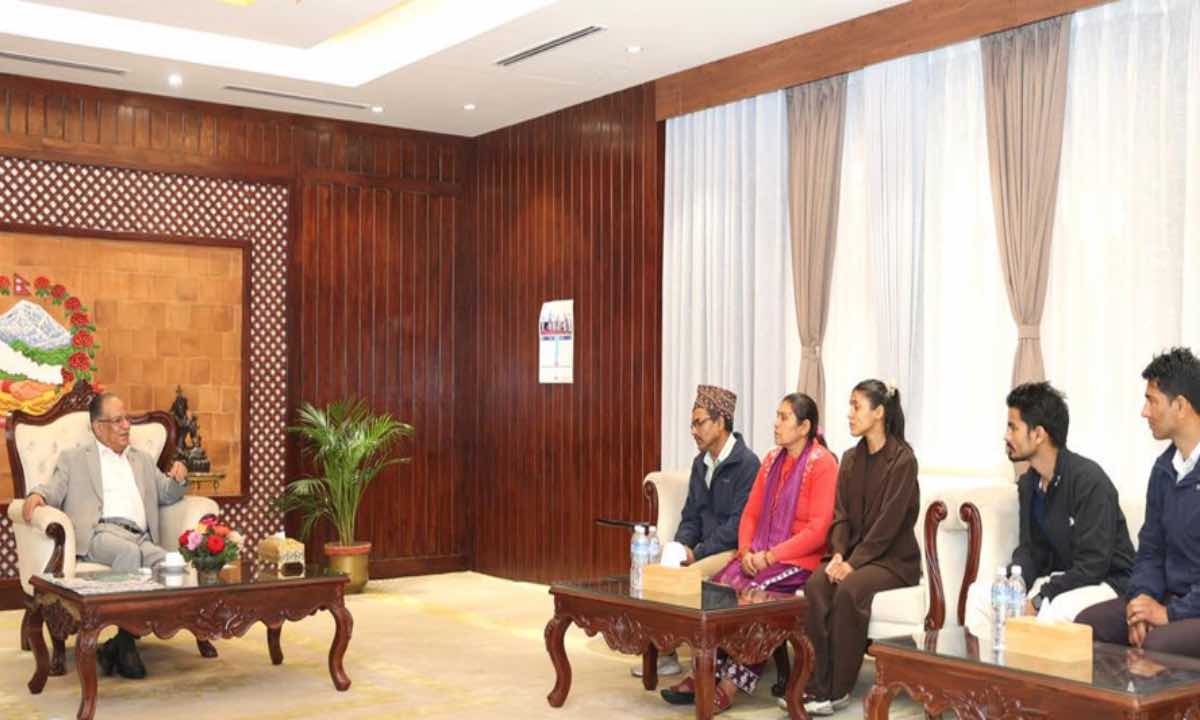
Just In
- Chemical fertilizers imported from China being transported to Kathmandu
- Man dies in motorcycle accident in Dhanusha
- Nepal face early setback as four wickets fall in powerplay against UAE
- Australian unemployment rate rises to 3.8 percent in March
- Gold price increases by Rs 700 per tola
- Fire destroys wheat crop in Kanchanpur, Kailali
- Bipin Joshi's family meets PM Dahal
- State Affairs and Good Governance Committee meeting today










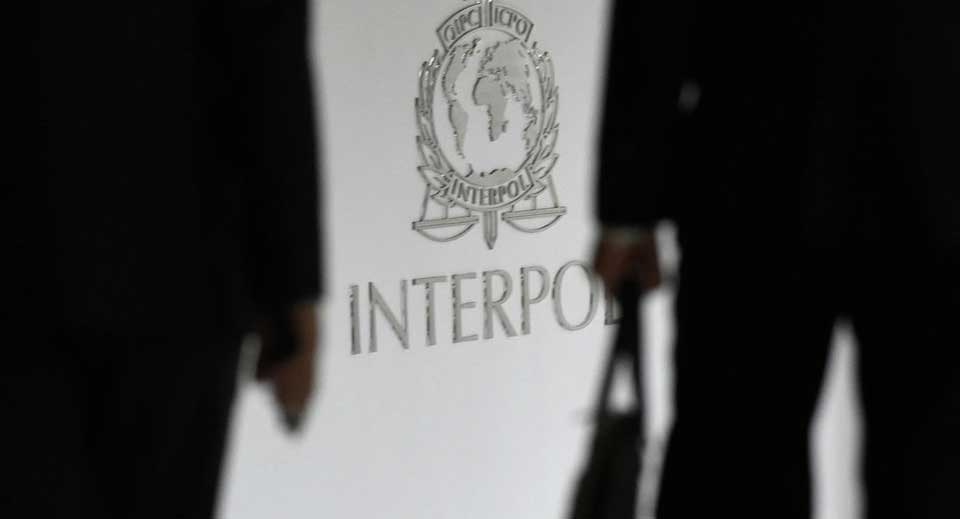

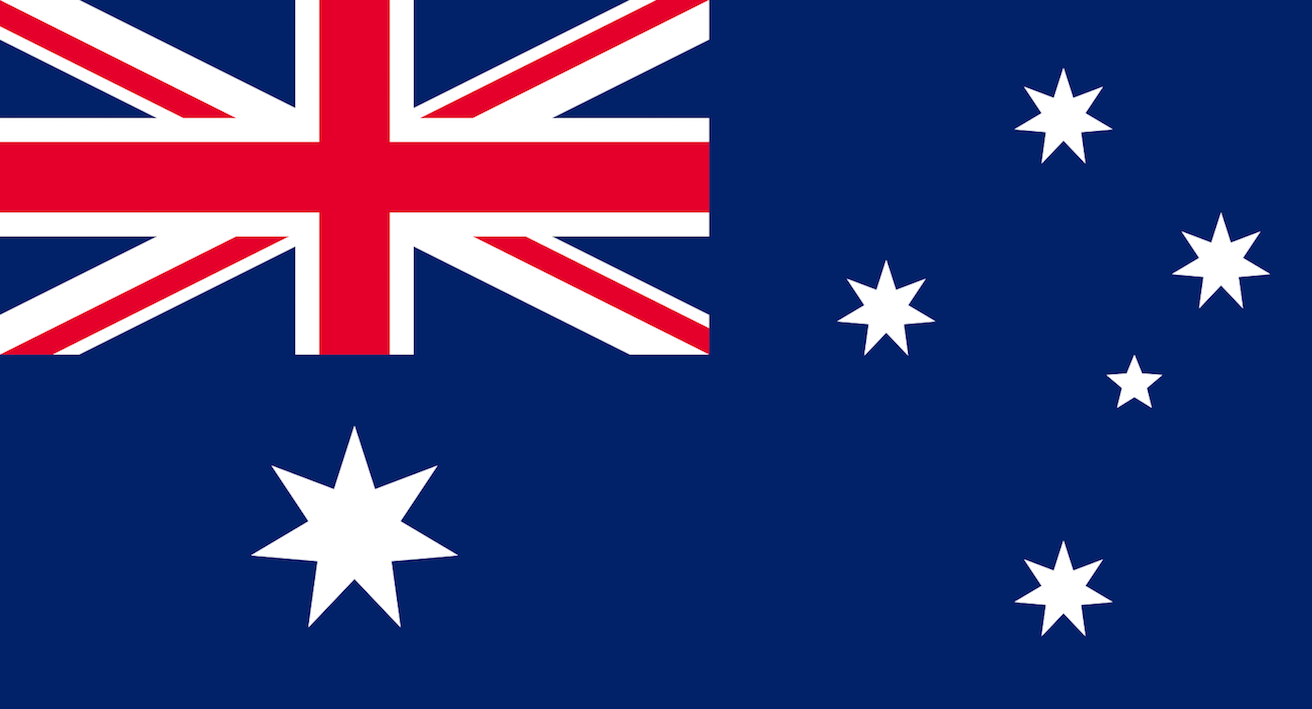
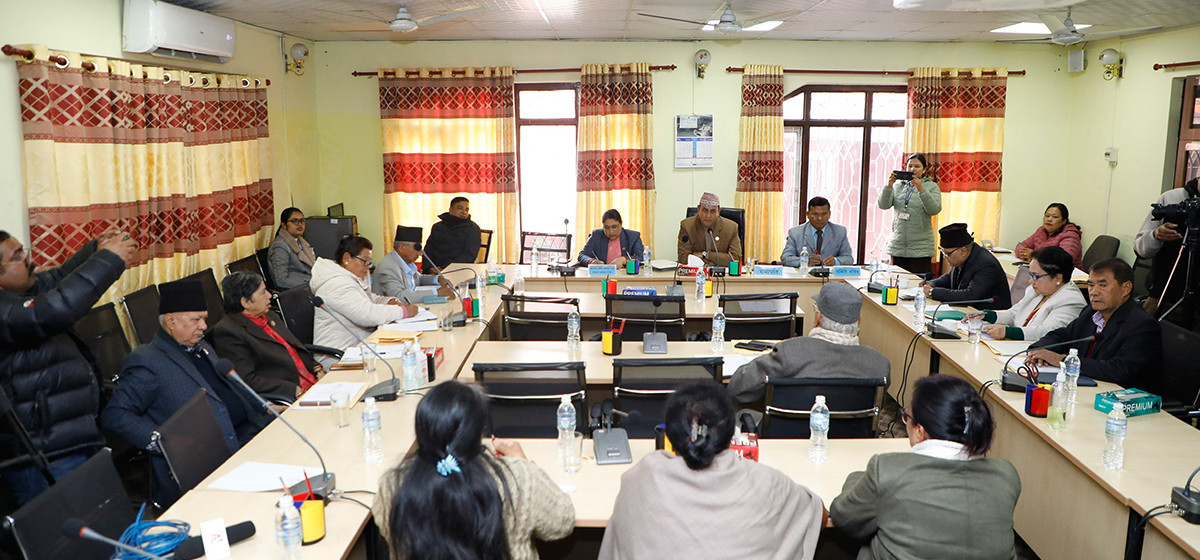
Leave A Comment